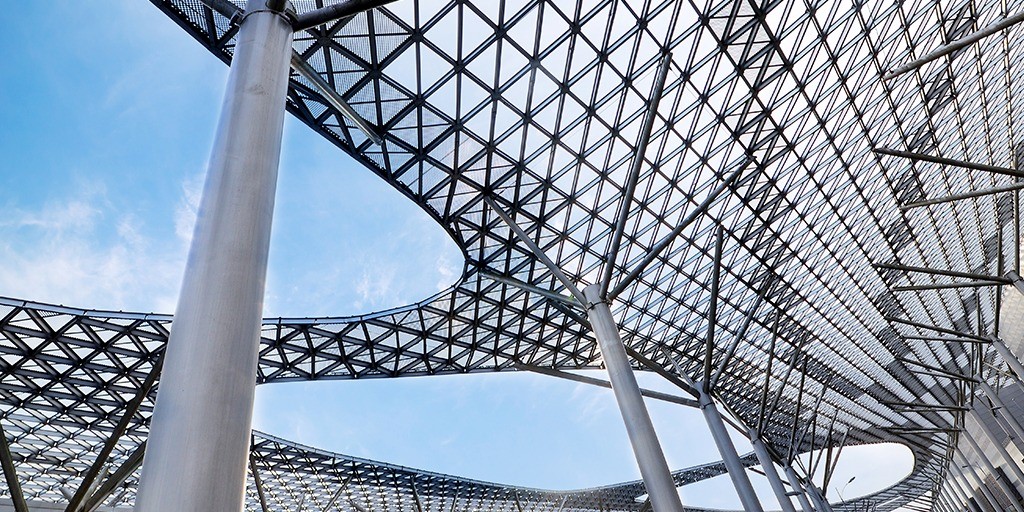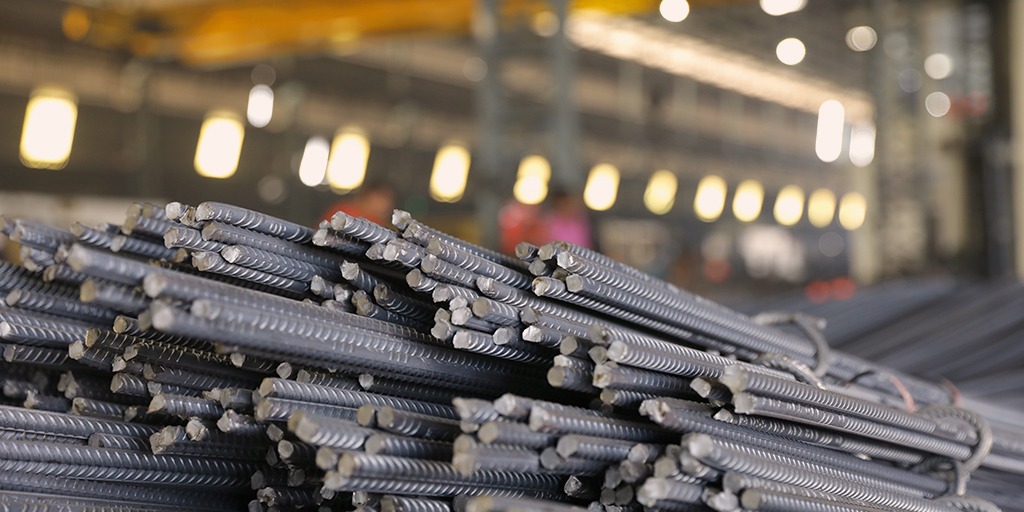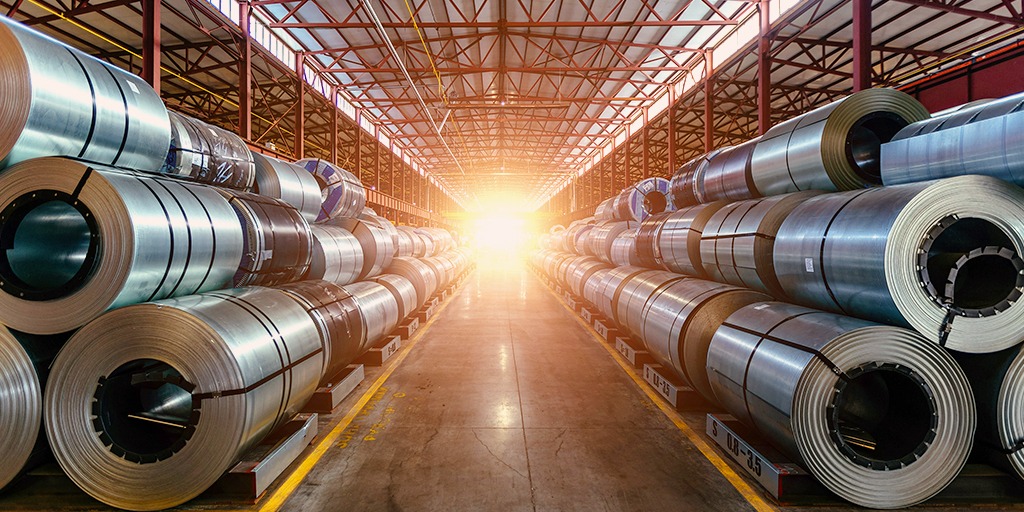
The circular economy of steel: #Steel4SustainableFuture
Steel plays a vital role in global economic development as it is a major component in the domestic, healthcare, and infrastructure sectors. Manufacturing steel accounts for approximately 8% of carbon dioxide emissions globally. Additionally, given the size and significance of the steel industry, steelmakers have been continuously striving to accelerate their efforts to achieve the Sustainable Development Goals.
Steelmakers have made significant progress towards some SDGs, such as reducing greenhouse gas emissions and improving energy efficiency. As steel production continues to grow in the coming years, steelmakers are looking to double their efforts to support government decarbonisation initiatives as India strives to attain net-zero emissions by 2070.
Advancing sustainable initiatives in the steel sector is essential for reducing environmental impacts and fostering long-term sustainability. These practises contribute to a greener, more efficient, and socially responsible future while ensuring continued economic growth and development. Here’s an overview of key strategies and actions the steel industry adopts to achieve sustainable goals.
Roadmapping:
Steel companies around the globe are exploring different strategies to bring internal targets and specific objectives set by national and international bodies together. The main goal is to decarbonise through optimisation, adoption of new processes, usage of specific objects, and use of by-products. Roadmapping is an important strategic programme to improve energy efficiency by using breakthrough technology. The steel industry uses Carbon Capture Utilisation (CCU) and Carbon Capture Storage (CCS) or electricity through electrolysis-based processes.
Reporting:
Integration of the SDGs is a major part of the sustainability initiative, as it is essential for the holistic growth of an organisation. When the SDGs are pre-defined, the organisation is able to balance the initiatives with its vision. Reporting SDGs helps in highlighting the importance of reusing, recycling products, by-products, and even waste. These materials can be a strong asset for further implementation and application. Reporting helps in utilising everything that is produced to avoid any loss of materials.
Innovation:
The iron and steel industry carries out various R&D initiatives to identify new technologies for enhancing production quantity and quality, lowering costs, and addressing environmental implications. The cost of manufacturing in all its stages has been significantly impacted by energy prices over the past couple of years across a variety of industry sectors. Generally, innovation efforts are focused on specific Sustainable Development Goals, such as decarbonisation, circular economy practises, and developing new strategies for material re-use or technology applications. To reduce greenhouse gas emissions, the steel sector is aware of how important sustainable practises are to reduce GHG emissions and is constantly aiming to develop new technologies that are energy efficient.
As a leading metal company in India, Shyam Metalics aims to minimise its environmental footprint for a better world. We ensure that manufacturing processes and operations within our organisation are aligned with our company’s SDGs.






